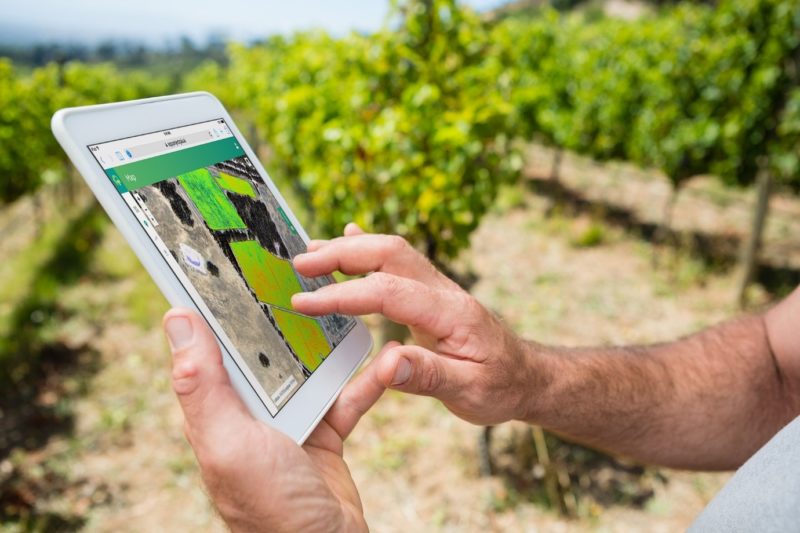- Machine learning,
- Cloud computing, and
- Multispectral, high-resolution satellite imagery.
Viticulture Presents an Opportunity
Many decisions for viticulture regulatory authorities stem from one fundamental question: Where are all of the nation’s vineyards located? The seemingly innocent question has important implications for:- Regulating wine labeling requirements based on where the grapes are grown,
- Monitoring pest and disease at a national scale, and
- Understanding market trends to maximize investment and prevent oversupply.
 GAIA provides automated and intelligent crop mapping, analytics, and health monitoring at a continent-scale.[/caption]
GAIA provides automated and intelligent crop mapping, analytics, and health monitoring at a continent-scale.[/caption]